SLCS142H December 2003 – May 2025 LM2901-Q1 , LM2901AV-Q1 , LM2901B-Q1 , LM2901V-Q1
PRODUCTION DATA
- 1
- 1 Features
- 2 Applications
- 3 Description
- 4 Pin Configuration and Functions
-
5 Specifications
- 5.1 Absolute Maximum Ratings for LM2901B-Q1
- 5.2 Absolute Maximum Ratings for LM2901x-Q1
- 5.3 ESD Ratings
- 5.4 Recommended Operating Conditions for LM2901B-Q1
- 5.5 Recommended Operating Conditions for LM2901x-Q1
- 5.6 Thermal Information
- 5.7 Electrical Characteristics for LM2901B-Q1
- 5.8 Switching Characteristics for LM2901B-Q1
- 5.9 Electrical Characteristics for LM2901x-Q1
- 5.10 Switching Characteristics for LM2901x-Q1
- 5.11 Typical Characteristics
- 6 Detailed Description
- 7 Application and Implementation
- 8 Device and Documentation Support
- 9 Revision History
- 10Mechanical, Packaging, and Orderable Information
Package Options
Refer to the PDF data sheet for device specific package drawings
Mechanical Data (Package|Pins)
- D|14
- PW|14
Thermal pad, mechanical data (Package|Pins)
Orderable Information
5.11 Typical Characteristics
TA = 25°C, VS = 5V, RPULLUP = 5.1k, CL = 15pF, VCM = 0V, VUNDERDRIVE = 100mV, VOVERDRIVE = 100mV unless otherwise noted.
 Figure 5-1 Total Supply Current vs. Supply Voltage
Figure 5-1 Total Supply Current vs. Supply Voltage Figure 5-3 Total Supply Current vs. Input Voltage at 3.3V
Figure 5-3 Total Supply Current vs. Input Voltage at 3.3V Figure 5-5 Total Supply Current vs. Input Voltage at 12V
Figure 5-5 Total Supply Current vs. Input Voltage at 12V Figure 5-7 Input Offset Voltage vs. Temperature at 3V
Figure 5-7 Input Offset Voltage vs. Temperature at 3V Figure 5-9 Input Offset Voltage vs. Temperature at 12V
Figure 5-9 Input Offset Voltage vs. Temperature at 12V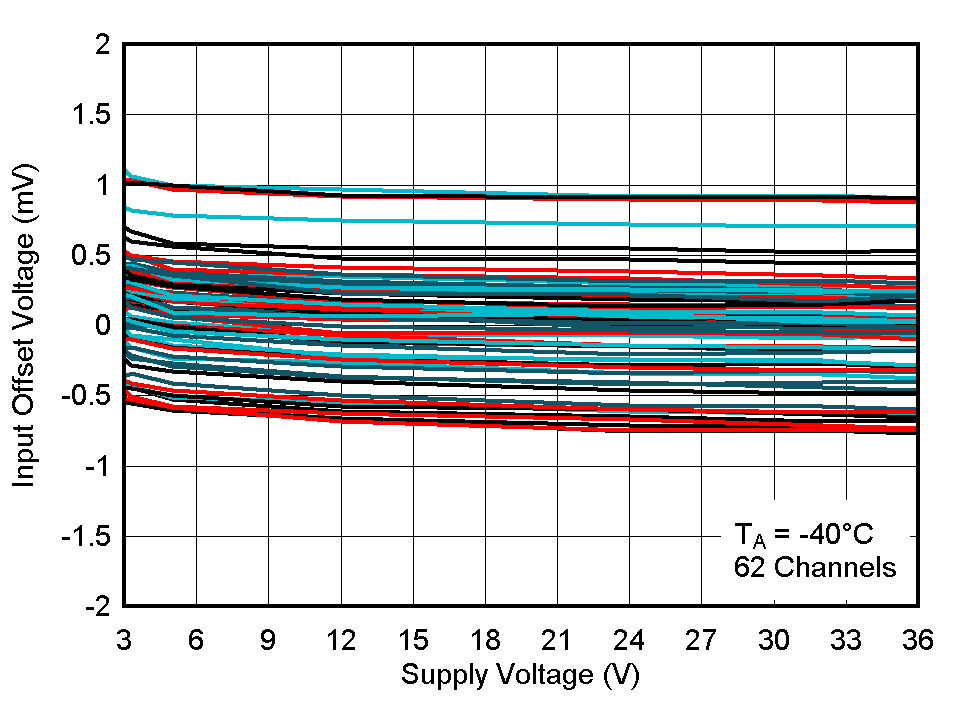 Figure 5-11 Input Offset Voltage vs. Supply Voltage at -40°C
Figure 5-11 Input Offset Voltage vs. Supply Voltage at -40°C Figure 5-13 Input Offset Voltage vs. Supply Voltage at 85°C
Figure 5-13 Input Offset Voltage vs. Supply Voltage at 85°C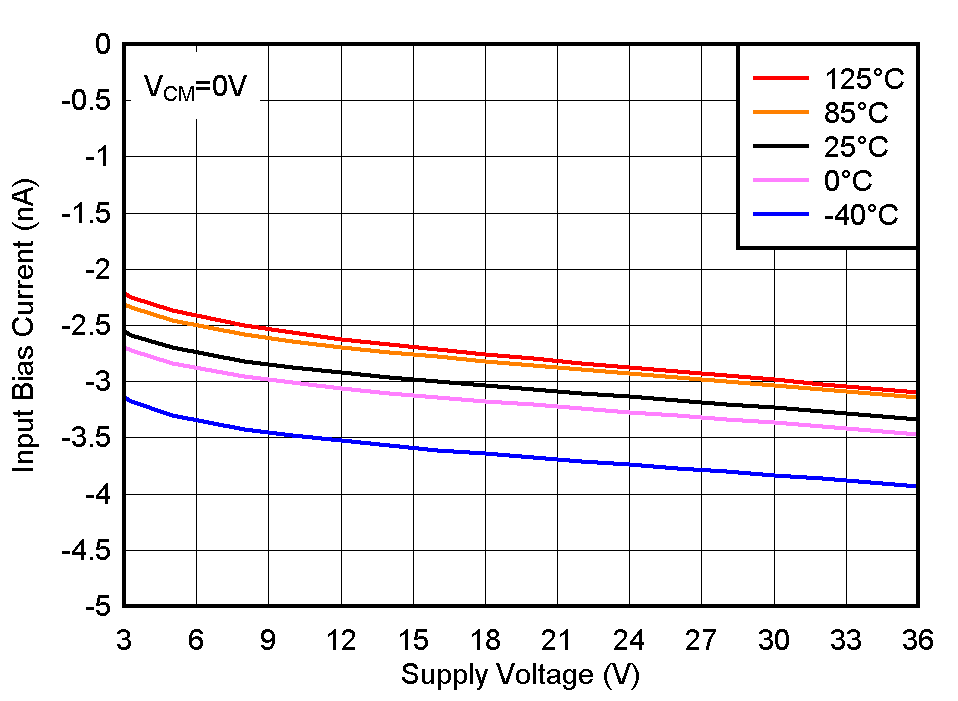 Figure 5-15 Input Bias Current vs. Supply Voltage
Figure 5-15 Input Bias Current vs. Supply Voltage Figure 5-17 Input Bias Current vs. Input Voltage at 12V
Figure 5-17 Input Bias Current vs. Input Voltage at 12V Figure 5-19 Output Low Voltage vs. Output Sinking Current at 3V
Figure 5-19 Output Low Voltage vs. Output Sinking Current at 3V Figure 5-21 Output Low Voltage vs. Output Sinking Current at 12V
Figure 5-21 Output Low Voltage vs. Output Sinking Current at 12V Figure 5-23 Output High Leakage Current vs.Temperature at 5V
Figure 5-23 Output High Leakage Current vs.Temperature at 5V Figure 5-25 High to Low Propagation Delay vs. Input Overdrive Voltage, 5V
Figure 5-25 High to Low Propagation Delay vs. Input Overdrive Voltage, 5V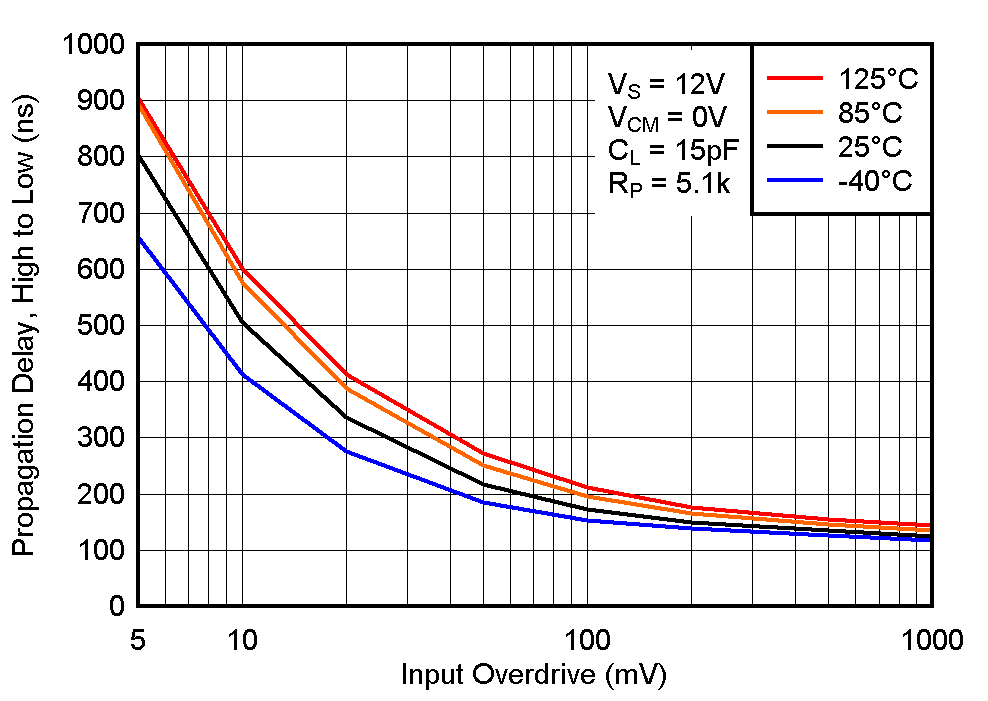 Figure 5-27 High to Low Propagation Delay vs. Input Overdrive Voltage, 12V
Figure 5-27 High to Low Propagation Delay vs. Input Overdrive Voltage, 12V Figure 5-29 High to Low Propagation Delay vs. Input Overdrive Voltage, 36V
Figure 5-29 High to Low Propagation Delay vs. Input Overdrive Voltage, 36V Figure 5-31 Response Time for Various Overdrives, High-to-Low Transition
Figure 5-31 Response Time for Various Overdrives, High-to-Low Transition Figure 5-2 Total Supply Current vs. Input Voltage at 3V
Figure 5-2 Total Supply Current vs. Input Voltage at 3V Figure 5-4 Total Supply Current vs. Input Voltage at 5V
Figure 5-4 Total Supply Current vs. Input Voltage at 5V Figure 5-6 Total Supply Current vs. Input Voltage at 36V
Figure 5-6 Total Supply Current vs. Input Voltage at 36V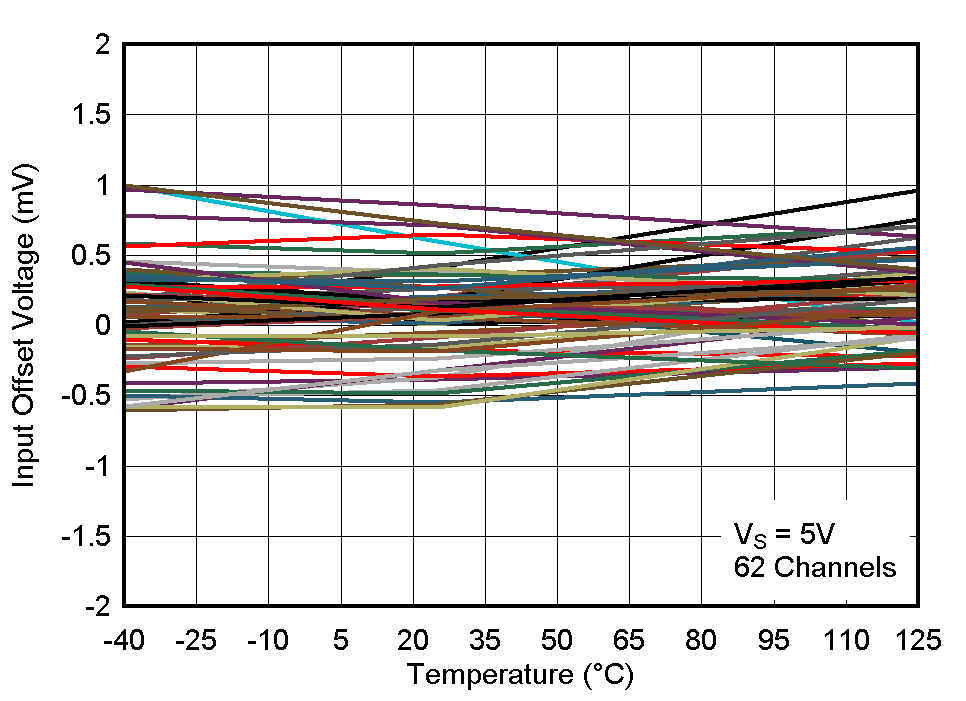 Figure 5-8 Input Offset Voltage vs. Temperature at 5V
Figure 5-8 Input Offset Voltage vs. Temperature at 5V Figure 5-10 Input Offset Voltage vs. Temperature at 36
Figure 5-10 Input Offset Voltage vs. Temperature at 36 Figure 5-12 Input Offset Voltage vs. Supply Voltage at 25°C
Figure 5-12 Input Offset Voltage vs. Supply Voltage at 25°C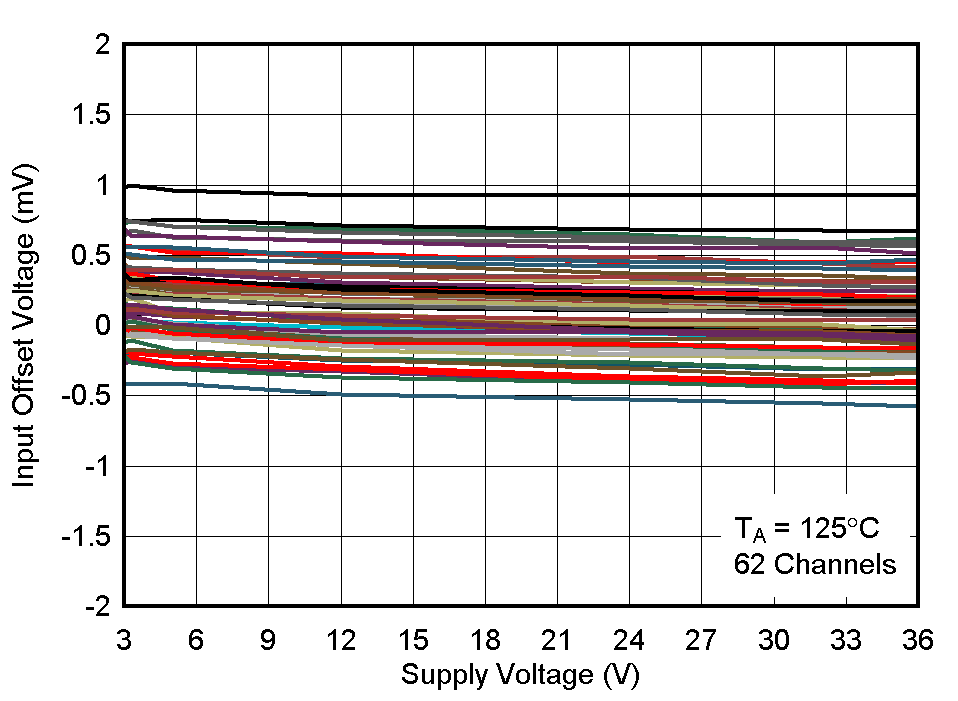 Figure 5-14 Input Offset Voltage vs. Supply Voltage at 125°C
Figure 5-14 Input Offset Voltage vs. Supply Voltage at 125°C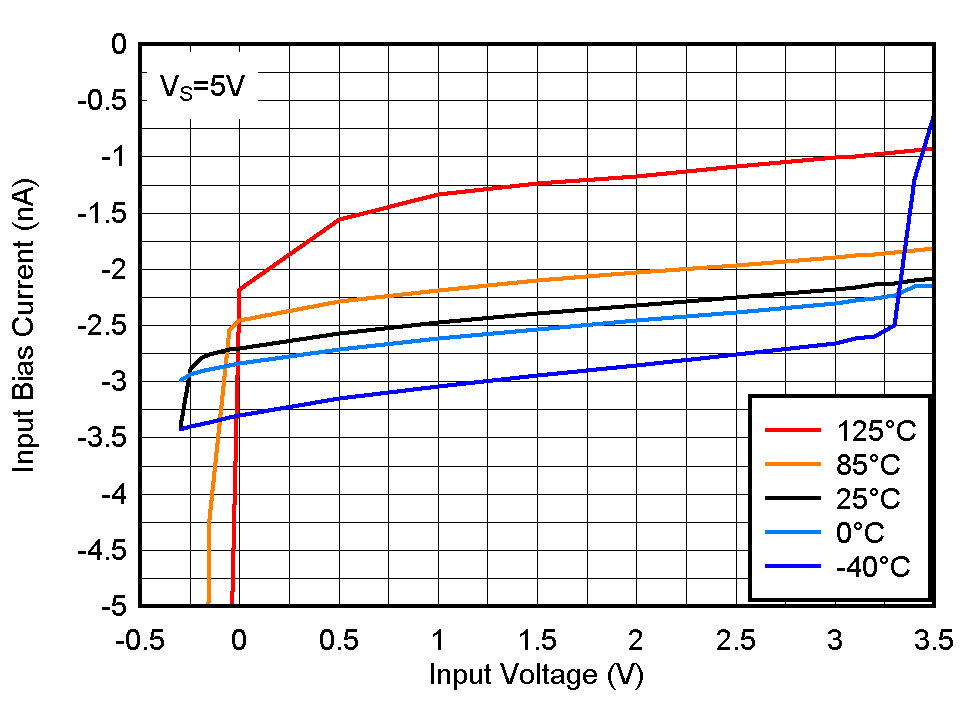 Figure 5-16 Input Bias Current vs. Input Voltage at 5V
Figure 5-16 Input Bias Current vs. Input Voltage at 5V Figure 5-18 Input Bias Current vs. Input Voltage at 36V
Figure 5-18 Input Bias Current vs. Input Voltage at 36V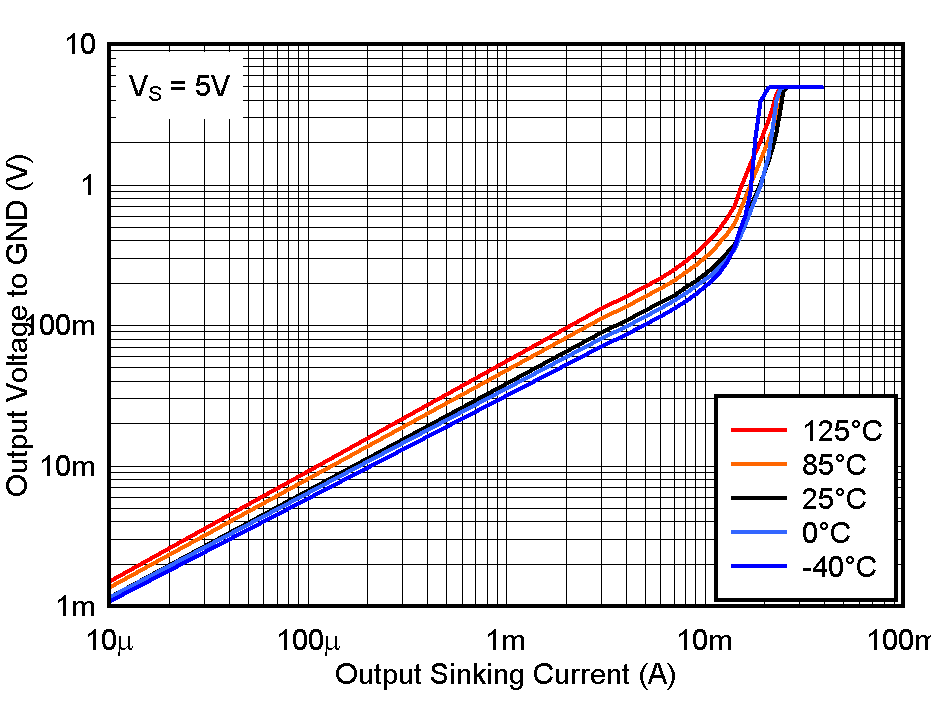 Figure 5-20 Output Low Voltage vs. Output Sinking Current at 5V
Figure 5-20 Output Low Voltage vs. Output Sinking Current at 5V Figure 5-22 Output Low Voltage vs.Output Sinking Current at 36V
Figure 5-22 Output Low Voltage vs.Output Sinking Current at 36V Figure 5-24 Output High Leakage Current vs. Temperature at 36V
Figure 5-24 Output High Leakage Current vs. Temperature at 36V Figure 5-26 Low to High Propagation Delay vs. Input Overdrive Voltage, 5V
Figure 5-26 Low to High Propagation Delay vs. Input Overdrive Voltage, 5V Figure 5-28 Low to High Propagation Delay vs. Input Overdrive Voltage, 12V
Figure 5-28 Low to High Propagation Delay vs. Input Overdrive Voltage, 12V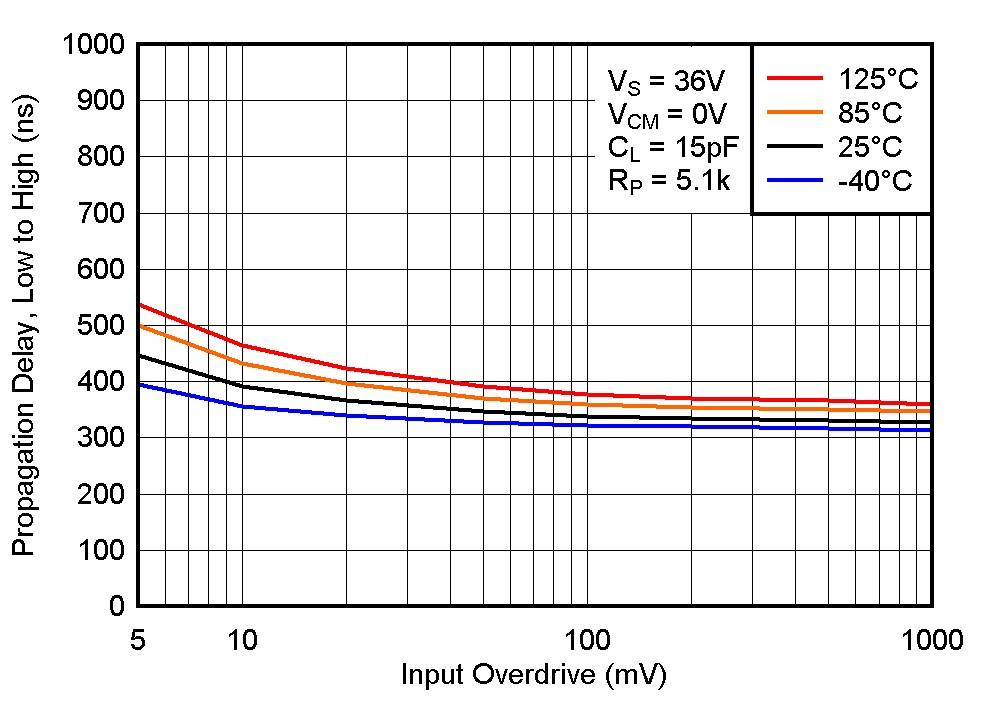 Figure 5-30 Low to High Propagation Delay vs. Input Overdrive Voltage, 36V
Figure 5-30 Low to High Propagation Delay vs. Input Overdrive Voltage, 36V Figure 5-32 Response Time for Various Overdrives, Low-to-High Transition
Figure 5-32 Response Time for Various Overdrives, Low-to-High Transition